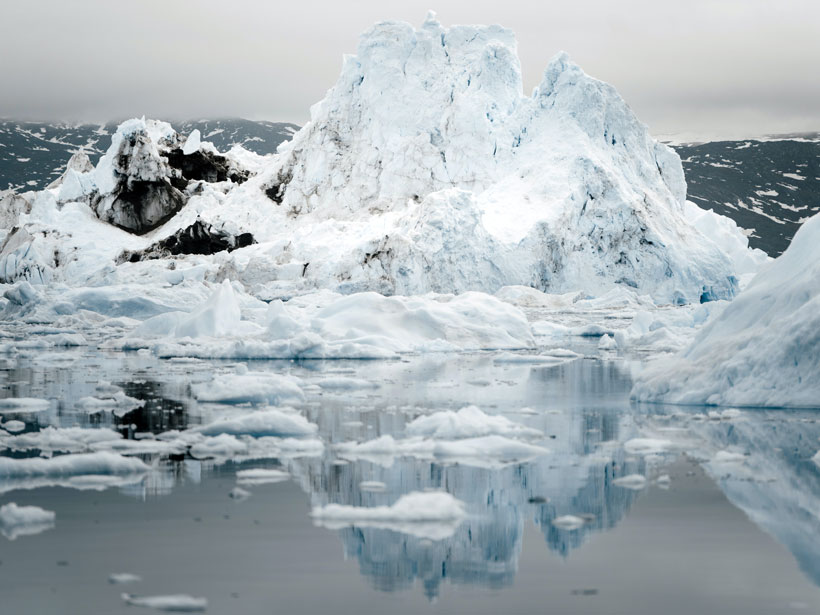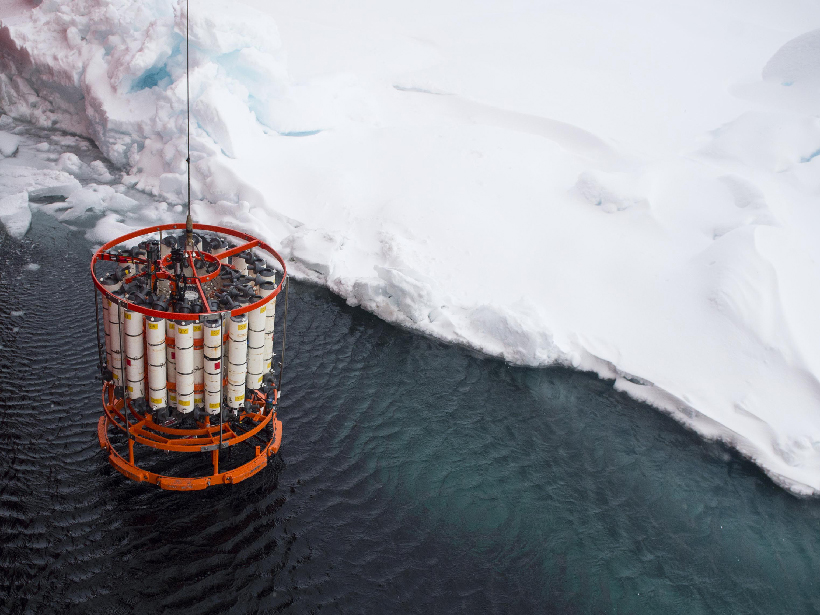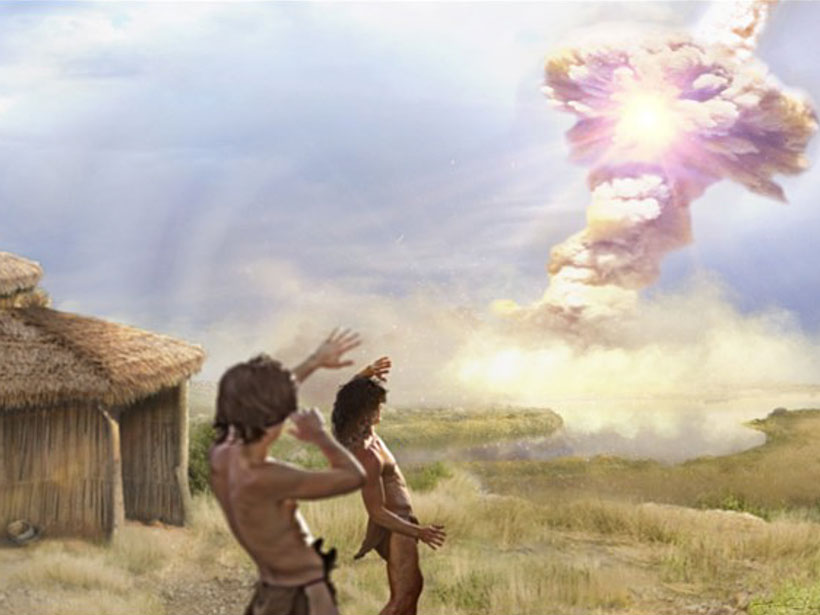Un rayo en el planeta Tierra necesita sólo algunos simples ingredientes para generar una chispa. Esos ingredientes existen en todo el sistema solar y más allá.
Eos en Español
Cielos Despejados Sin Precedentes Condujeron a un Notable Deshielo en Groenlandia
A los científicos les preocupa que los modelos climáticos actuales no tomen en cuenta el impacto de las condiciones atmosféricas en la capa de hielo del Groenlandia, y en consecuencia, puedan subestimar drásticamente su derretimiento.
Cómo la Ciencia del Clima Está Expandiendo la Escala de la Investigación Ecológica
Las herramientas desarrolladas para la ciencia del clima pueden ayudar a los investigadores a predecir los dipolos ecológicos: los efectos contrastados del clima en poblaciones separadas por miles de kilómetros.
¿Cuántas Modificaciones Puede Aguantar el Ciclo de Agua de la Tierra?
El marco teórico que estudia los límites planetarios define cuánta perturbación humana pueden soportar los diversos procesos del sistema terrestre, pero puede que no describa adecuadamente el ciclo del agua o la medida en que lo hemos alterado.
Traduciendo Modelos Climáticos al Lenguaje de Datos Paleoclimáticos
Un nuevo modelo permitirá a los modelos climáticos interpretar mejor las reconstrucciones paleoclimáticas derivadas de sedimentos de lagos y podrá mejorar las predicciones de las condiciones climáticas futuras.
Niveles Altos de Contaminación en Chile se Relacionan Con Parrilladas de Hinchas del Fútbol
Misteriosos picos de contaminación—10 veces más altos que los niveles normales—ocurren en Santiago durante los partidos de fútbol televisados y son causados por decenas de miles de parrilladas, revelan nuevos resultados.
Rastreando Elementos Traza a Través del Océano Ártico
Durante la expedición Pan-ártica, los investigadores obtuvieron y utilizaron datos de carbono y elementos traza para comprender mejor cómo el cambio climático afectará la producción primaria en una de las regiones de calentamiento más rápido del mundo.
El Agua Subterránea es la “Conexión Occulta” Entre la Tierra y el Océano
La importancia del agua subterránea dulce para los ecosistemas costeros es revelada utilizando el primer modelo numérico a escala global.
El Ciclo del Carbono en el Agujero Azul Más Profundo de la Tierra
Científicos encuentran nuevos extremos mientras investigan el ciclo del carbono en el agujero azul de Yongle.
Armagedón a 10,000 A.C.
Fragmentos de un cometa probablemente golpearon la Tierra hace 12,800 años, y una pequeña aldea del Paleolítico en Siria podría haber sufrido el impacto.










